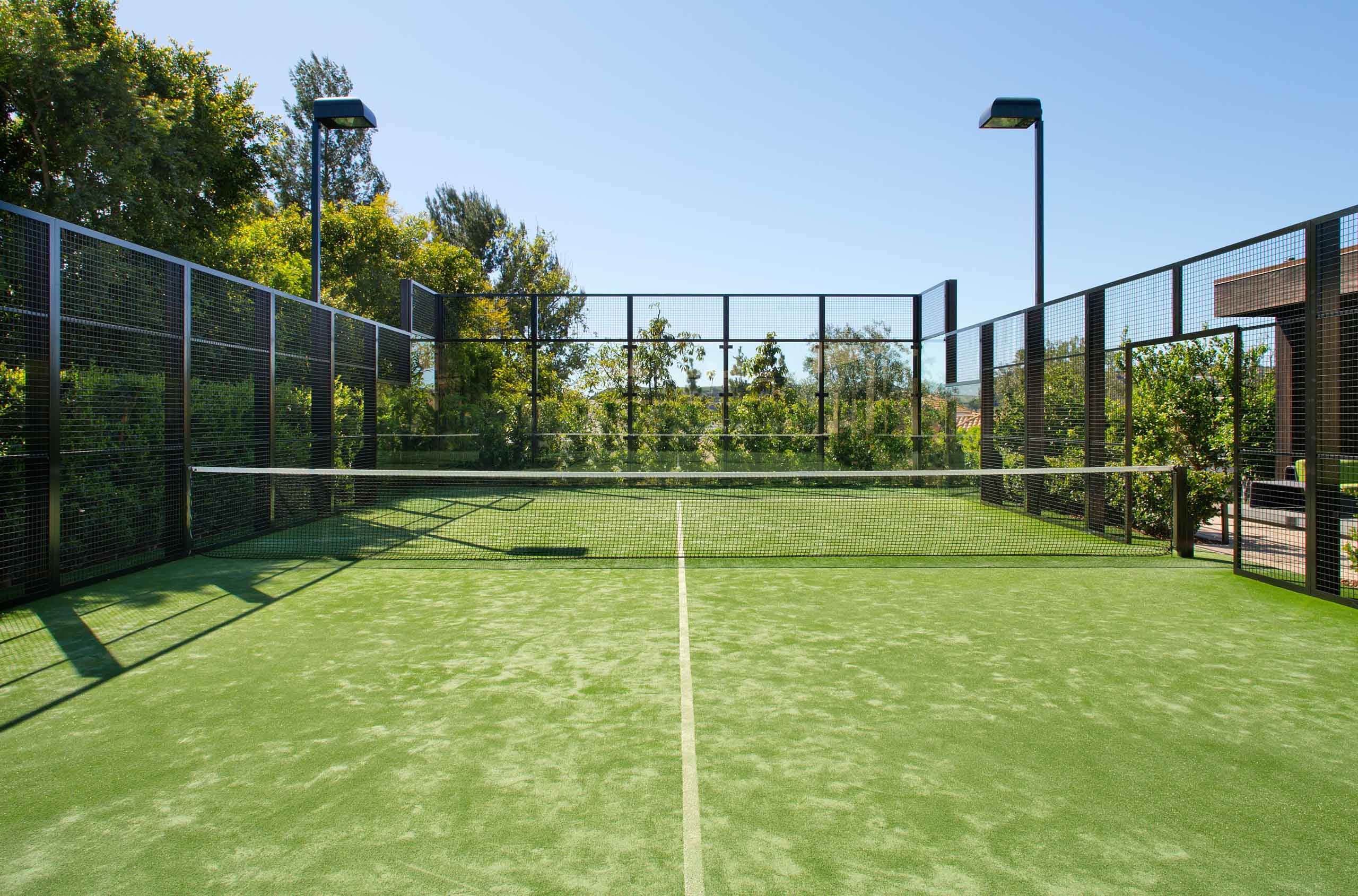Building a perfect Padelbox concrete base court steps:
- Choose a suitable location: The padel court should be level and have good drainage. It should also be in a location that is easily accessible and has enough space for players to move around.
- Measure the area: The standard size of a padel court is 20 meters by 10 meters, but it’s best to consult with PADELBOX and your architect to ensure that the court will fit in the chosen location. Padelbox recommends a minimum space of 35 by 68 feet.
- Prepare the ground: The ground should be leveled and compacted, and any grass or other vegetation should be removed.
- Build the proper concrete slab following the next steps:
- Excavate the area: The depth of the excavation should be deep enough to allow for the slab and a layer of compacted gravel.
- Add a layer of compacted gravel: The gravel provides a stable base for the concrete slab and helps with drainage. The gravel should be compacted to ensure a level surface.
- Form the slab: The slab should be minimum 12 inches thick and should be formed to the dimensions of the court. The forms should be level and securely in place to ensure that the slab is the correct size and shape.
- Pour and finish the concrete: The concrete should be poured in sections and finished with a trowel to create a smooth surface. The slab should be left to cure for at least 28 days before it can be used.
It’s important to use high-quality concrete and to consult with an experienced contractor to ensure that the slab is properly designed and constructed to meet the safety and durability requirements of your padel court.
5. Maintaining the Court: Regular maintenance of the court is important to ensure that it remains in good condition. This includes cleaning and sweeping the surface, as well as checking and tightening any loose bolts or screws.
It is important to consult with PADELBOX experts when building a padel court to ensure that it meets the standard size and safety requirements.










